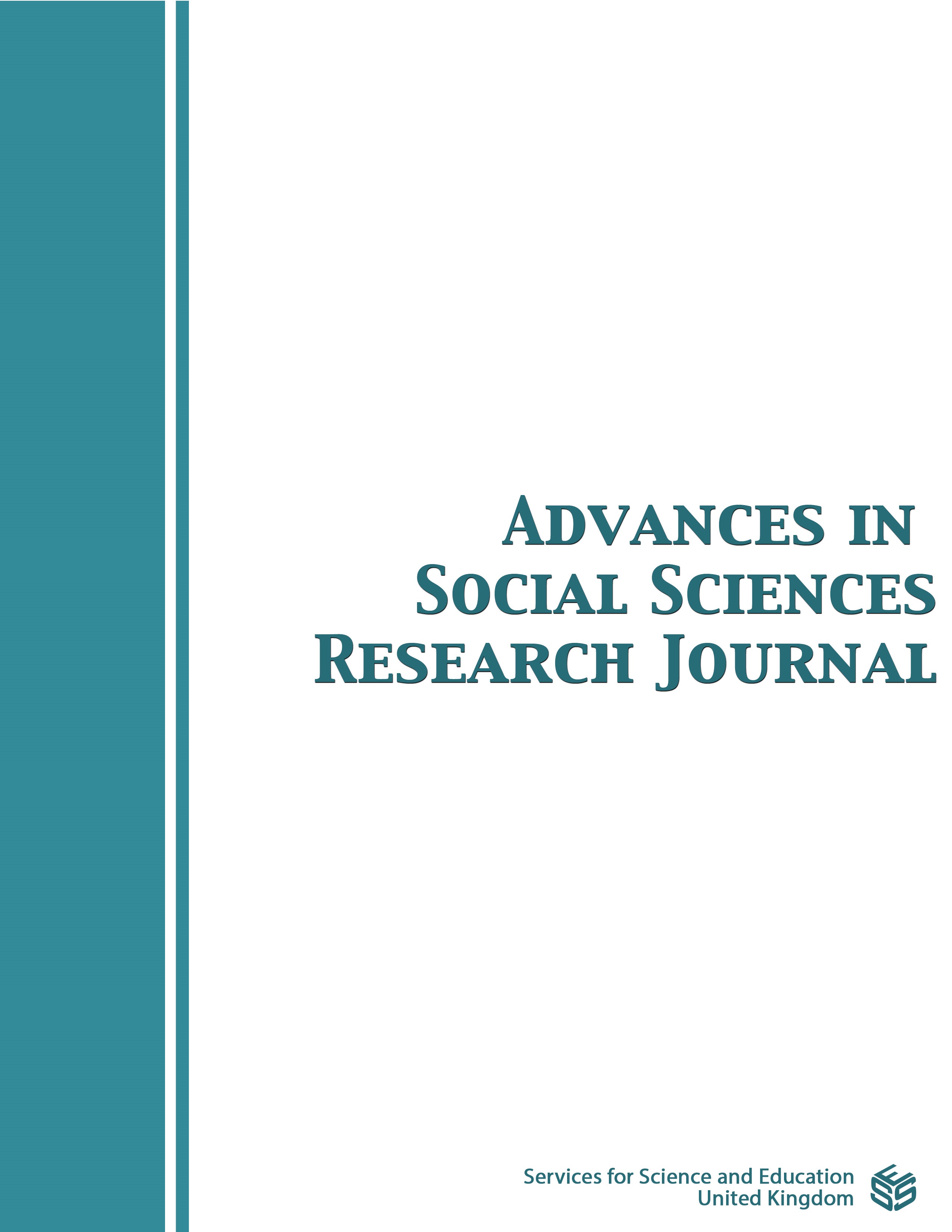An Economic Study on the Current and Future Status of Organic Agriculture in Egypt
DOI:
https://doi.org/10.14738/assrj.103.14019Keywords:
Organic agriculture, Potato, Grape, Productivity, Revenue, EgyptAbstract
The agricultural sector is considered one of the main sectors in the Egyptian economy, as it contributes to achieving economic and social development, and the agricultural sector contributes about 15.3% of the gross domestic product, which is estimated at LE 671.8 billion in 2020, and in employing about 6.2 million workers working in this sector, representing about 29.2% of the total employment during the year 2020. Agricultural production represents a large proportion of the national income, which requires the use of modern methods of biotechnology and economic efficiency at the same time, so countries compete to increase the crop production of agricultural lands through horizontal expansion and vertical expansion using modern agricultural technologies to increase production such as non-traditional fertilizers and organic fertilizers, Which would lead to an increase in the competitiveness of countries that apply these technologies. As a result of the application of international standards and conditions on Egyptian agricultural exports, which led to a decrease in the amount of agricultural exports of most agricultural crops, especially food crops of vegetables and fruits. Therefore, exporters began to adopt an organic farming method that relies on organic fertilization and biological control as an alternative to traditional agriculture to produce food crops. Free of various pesticide residues. The research aims at an economic study on the current and future situation of organic agriculture in Egypt. A study of the impact of organic farming of the potato crop on some productive and economic indicators revealed a decrease in the productivity per feddan of the organic farming pattern by about 2 tons/feddan compared to the traditional farming pattern of the potato crop. The organic cultivation of the potato crop also resulted in an increase in the farm price, total revenue, and net yield per feddan, in addition to an increase in the cost and return of a ton produced from organic potatoes. The study showed an increase in the cost-return ratio of the organically grown potato crop by about 1.08, with a rate of change of about 74%. Likewise, the profit of the invested pound for the organically grown potato crop increased by about 0.08, with a rate of change of about 235%. The break-even point to cover the total costs of the organically grown potato crop decreased by about 5.16 tons, with a decreasing rate of change of about 50.18%. The study also showed a decrease in the acre productivity of the organic farming pattern by about 1 ton / feddan compared to the traditional cultivation pattern of the grape crop, and an increase in the farm price, total revenue, and net yield per feddan, in addition to an increase in the cost and return of a ton produced from organic grapes, and an increase in the cost-return ratio. For organically grown grape crops by about 0.04, with a rate of change of about 1.47%, an increase in profit for the investor’s pound for organically grown grapes by about 0.04, with a rate of change of about 2.34%, and a decrease in the amount of break-even to cover the total costs. The organically grown grape crop amounted to about 0.45 tons, with a decreasing rate of change of about 8.02%. The study also clarified the most important problems facing the expansion of organic agriculture in particular, the study that affects the quantities produced and prices, which causes severe fluctuations in the supply of that agriculture, which affects farmers' decisions in their production. The research, based on its results, reached some recommendations that could benefit the Egyptian economic policy makers in this field.
Downloads
Published
How to Cite
Issue
Section
License
Copyright (c) 2023 Gaber Ahmed Bassyouni Shehata, Karema Z. S. Ahmed, Nadia F. Jumaa, Shimaa M. B. Elewa

This work is licensed under a Creative Commons Attribution 4.0 International License.
Authors wishing to include figures, tables, or text passages that have already been published elsewhere are required to obtain permission from the copyright owner(s) for both the print and online format and to include evidence that such permission has been granted when submitting their papers. Any material received without such evidence will be assumed to originate from the authors.






